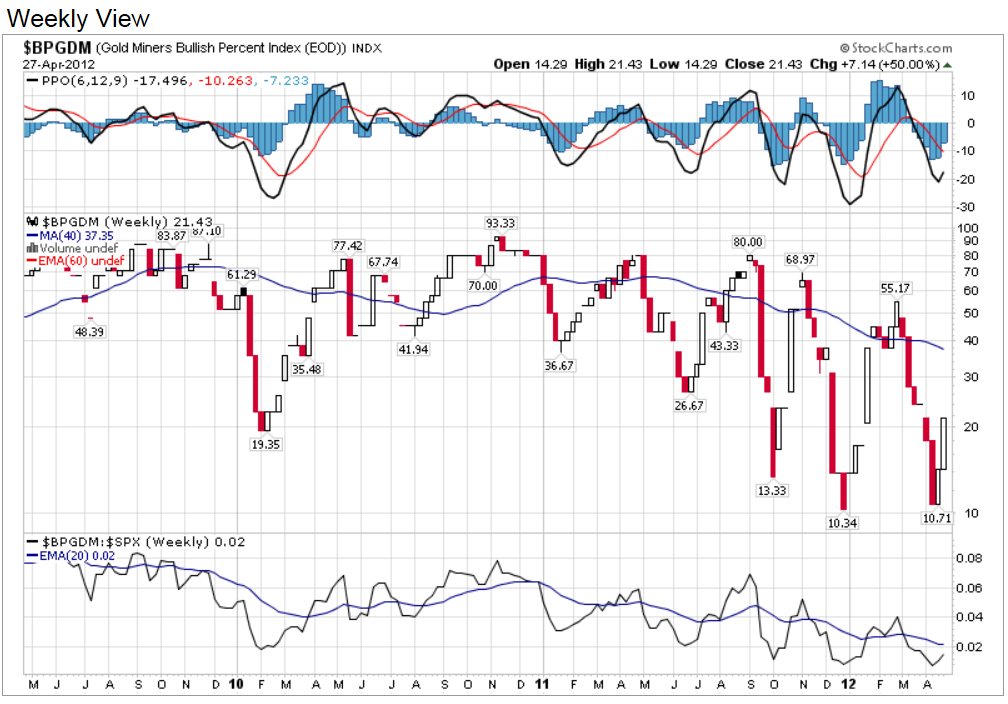Jackson Hole, Wyoming has a special status for both skiers and investors. As much as I would enjoy using this space to discuss skiing, we will instead focus on the annual Economic Policy Symposium sponsored by the Federal Reserve Bank of Kansas City.
In normal years this late summer gathering is held in Jackson Hole, giving the conference its colloquial name. This is of course anything but a normal year, so the upcoming gathering will occur virtually on August 27th and 28th.
This year’s theme, “Navigating the Decade Ahead: Implications for Monetary Policy” is certain to command attention in light of the extraordinary monetary circumstances that central banks have adopted in response to the Covid-19 crisis.

Covid Crisis
Although the Jackson Hole gathering is intended as an academic symposium, a gathering of many of the world’s key central bankers inevitably garners the market’s attention. Investors in a wide range of asset classes and geographies will pay close attention to the proceedings, as we expect to hear from the heads of the European Central Bank, Bank of England, Bank of Canada, and of course the US Federal Reserve.
Unlike prior years, we will be able to watch the proceedings live on the Kansas City Fed’s YouTube channel, available here. This means that the markets are likely to react in real time to a given speech’s nuances, rather than reading the written presentations as they come out and waiting for media reports on any verbal presentations.
Late summer is usually a slow point in the news cycle, so this prominent gathering is all but guaranteed to result in a wide range of speculation about the event’s outcomes. Looking back over headlines from prior gatherings, most of them take the form of:
Powell Address
Despite the changed circumstances of the current conference, the headlines remain similar to those of prior years. As before, there is no shortage of speculation about what Chairman Powell may or may not say in his address, and how markets might respond to any potential comments. At this point, none of that speculation is truly informed. All we can do is extrapolate based on past comments by Mr. Powell and markets’ reactions to them.
This year’s anticipation centers around the possibility that the Chairman may signal a change to the Federal Reserve’s inflation targeting. Remember that “Since 1977, the Federal Reserve has operated under a mandate from Congress to “promote effectively the goals of maximum employment, stable prices, and moderate long term interest rates”” (source: Richmond Fed).
Dual Mandate
Although there are actually three goals mentioned in that statement, it is usually referred to as a “dual mandate”, focused on maximum employment and stable prices. The Fed has a current goal of 2% inflation, and there are many who believe that Mr. Powell will refer to “average inflation” targeting. That is interpreted to mean that the Fed could overshoot its inflation target if it failed to meet it for a period of time.
There are many implications for markets if the Fed’s inflation policy were to change. An average inflation target might mean that the Fed could maintain an accommodative monetary policy longer than it otherwise would. Will Mr. Powell imply, or even state outright, that the Federal Reserve will tolerate a period of 3% inflation if it follows a period of 1% inflation?
If so, over what period of time will that average be calculated, and how would they then restrain a potentially overheated economy? Remember that loose monetary policy is usually inflationary, though in recent years that inflation has been primarily limited to financial assets. Yet there are deflationary pressures in segments of the fixed income market that are otherwise supported by Federal Reserve purchases. This means that there are implications for real interest rates but untangling them can be complicated.
Real rates are the net of nominal rates – the rates you see in the bond market – and inflation expectations. As markets currently anticipate a rate of inflation that is greater than nominal rates, real rates are perceived to be negative. That has boosted the stock market, where investors are seeing positive rates of return, and certain commodities like gold and lumber, where low interest rates minimize the opportunity costs of holding non-yielding assets.
Takeaway
Yet increased inflation expectations may become reflected in higher nominal rates as well. That could blunt the impact of a change to inflation policy. An outcome that appears clear in theory could prove much murkier in practice.
And while many are focused on the potential positives that may arise from a loosened inflation target, some expect Mr. Powell to outline what the Fed might do if and when the coronavirus’ effects on the economy begin to subside. Those actions could include a reference to reversing some of the Fed’s recent monetary accommodation.
If he addresses that topic, the Chairman will need to display exceptional finesse to avoid a negative market reaction to unpleasant news. Remember that markets have often swooned after Mr. Powell’s post-meeting press conferences when his comments failed to match investor enthusiasm. (Of course, those swoons have recently proven ephemeral, with investors willing to perceive any market weakness as a buying opportunity.)
That is why I characterize Chairman Powell as walking tightrope over Jackson Hole. Market expectations appear to be discounting a favorable policy speech. If he gives the markets what they want, the rallies can proceed apace. Any disappointment, however, could have profound consequences for investors in stocks, bonds and commodities.
Every skier who has stood at the top of a steep chute or bowl has experienced a moment of anticipation, nerves, or even dread. Jackson Hole is famous for its steep chutes and bowls, and must cause at least a similar moment of pause – if not nerves – for investors ahead of its economic symposium.
An overview of the symposium is available here: A link to the conference agenda will be available at that site at 7pm Central Time on August 26th.
A detailed description of the Jackson Hole Economic Policy Symposium can be found here.
The Kansas City Fed’s YouTube channel click here
Photo Credit: Don Graham via Flickr Creative Commons
DISCLOSURE: INTERACTIVE BROKERS
The analysis in this material is provided for information only and is not and should not be construed as an offer to sell or the solicitation of an offer to buy any security. To the extent that this material discusses general market activity, industry or sector trends or other broad-based economic or political conditions, it should not be construed as research or investment advice. To the extent that it includes references to specific securities, commodities, currencies, or other instruments, those references do not constitute a recommendation by IBKR to buy, sell or hold such investments. This material does not and is not intended to take into account the particular financial conditions, investment objectives or requirements of individual customers. Before acting on this material, you should consider whether it is suitable for your particular circumstances and, as necessary, seek professional advice.



